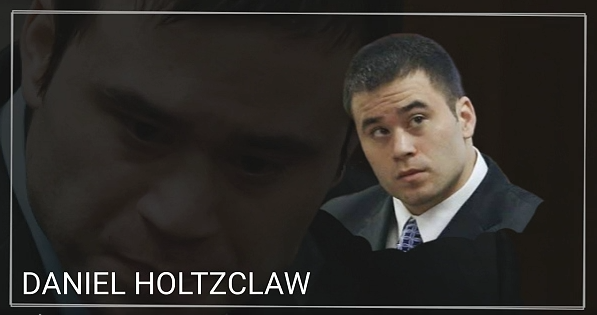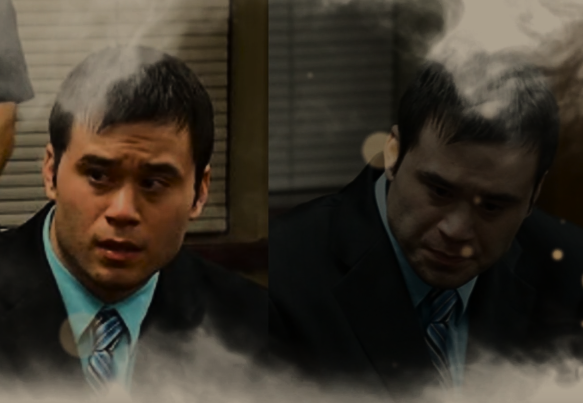
.
The Daniel Holtzclaw Case:
One of their Own

Daniel Holtzclaw's case is a cautionary tale about the perils of tunnel vision in high-profile criminal prosecutions. A former Oklahoma City police officer, Daniel was convicted in 2015 on multiple counts of rape and sexual assault against women he encountered on duty. The verdict was hailed as a rare moment of accountability for police misconduct, yet for those who have examined the case closely, troubling questions linger about how the investigation and trial were handled.
The defense has pointed to exculpatory evidence withheld from trial and inconsistencies in witness statements—advocates note that investigators ignored contradictions and that evidence potentially supporting Daniel's innocence was not fully disclosed to the jury. Legal scholars and forensic experts have raised concerns about the investigation's integrity, the decision to join multiple accusers into a single case, and the way DNA evidence was presented at trial. Independent experts have questioned the reliability of the low-level DNA mixture used by the prosecution, suggesting it was susceptible to contamination and misinterpretation.

Forensic evidence that could have corroborated or contradicted the accusers' accounts was notably lacking. DNA analysis from the case—a minute trace found on Daniel's uniform—has been challenged as inconclusive and possibly the result of secondary transfer, rather than direct contact. Other physical evidence, such as surveillance video or medical examinations, failed to substantiate many of the most serious allegations. Yet, these evidentiary gaps were downplayed at trial, as prosecutors urged jurors to rely on the volume of accusations rather than hard proof.
Defense attorneys have since uncovered evidence suggesting that some witness statements were inconsistent or altered, and that exculpatory information was withheld from the defense. Daniel's supporters point to a timeline of investigative missteps, including the failure to properly document interviews and the destruction of potential evidence. They also highlight the racial and political pressures that drove the case, warning that the rush to convict overshadowed the need for objective inquiry.

Despite maintaining his innocence, Daniel was sentenced to 263 years in prison. His appeals have centered on the flawed forensic analysis, the suggestive identification procedures used by investigators, and questions over whether the jury was swayed by emotion rather than evidence.
Daniel's case has become a lightning rod for broader debates about criminal justice reform, police accountability, and the dangers of overcorrection in the wake of scandal. Legal scholars and innocence advocates warn that his conviction raises fundamental questions about due process, evidentiary standards, and the presumption of innocence. As new legal challenges work their way through the courts, the Holtzclaw case stands as a stark example of how the drive for justice can sometimes eclipse the search for truth, especially when public outrage demands a swift resolution.
